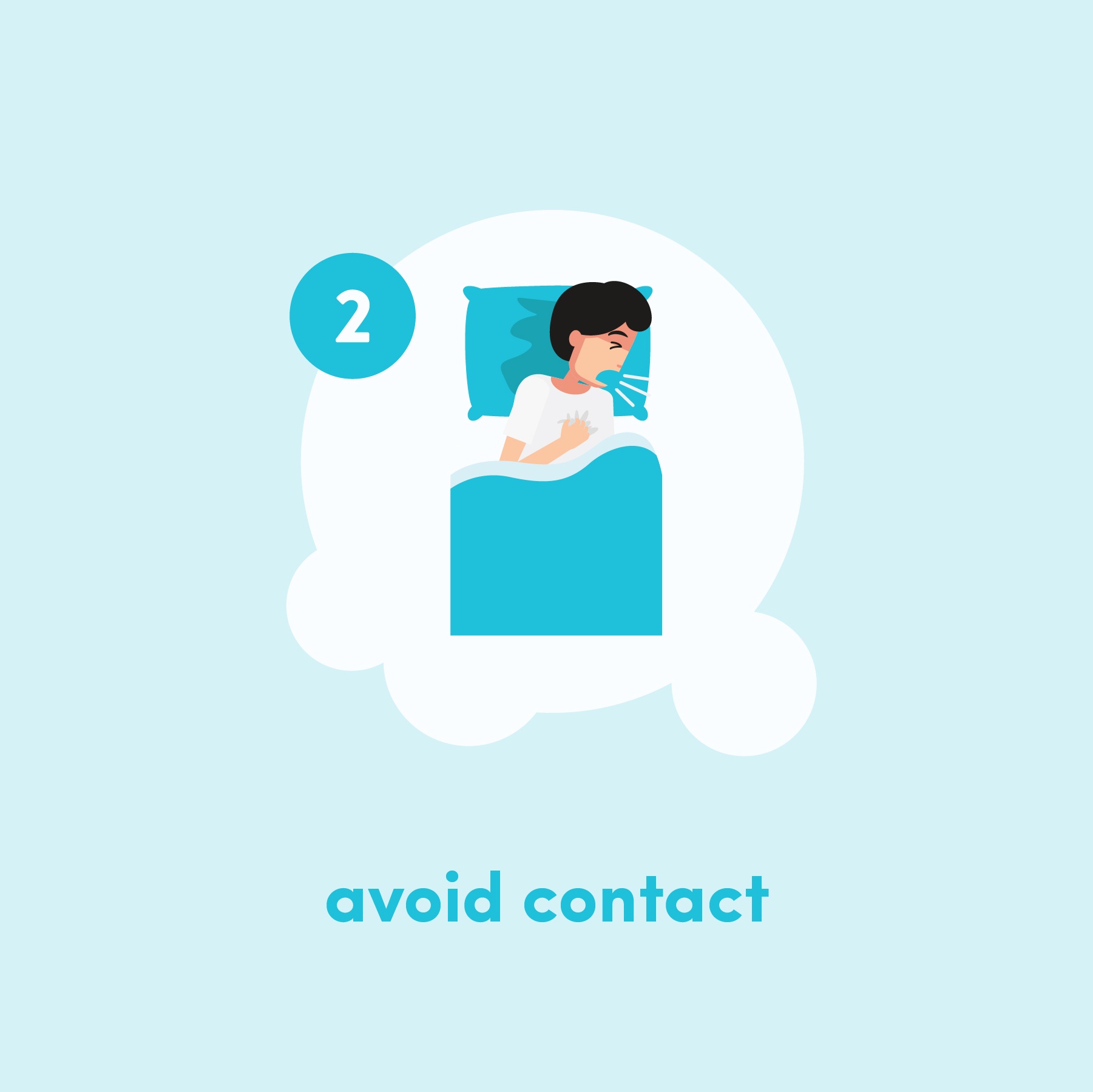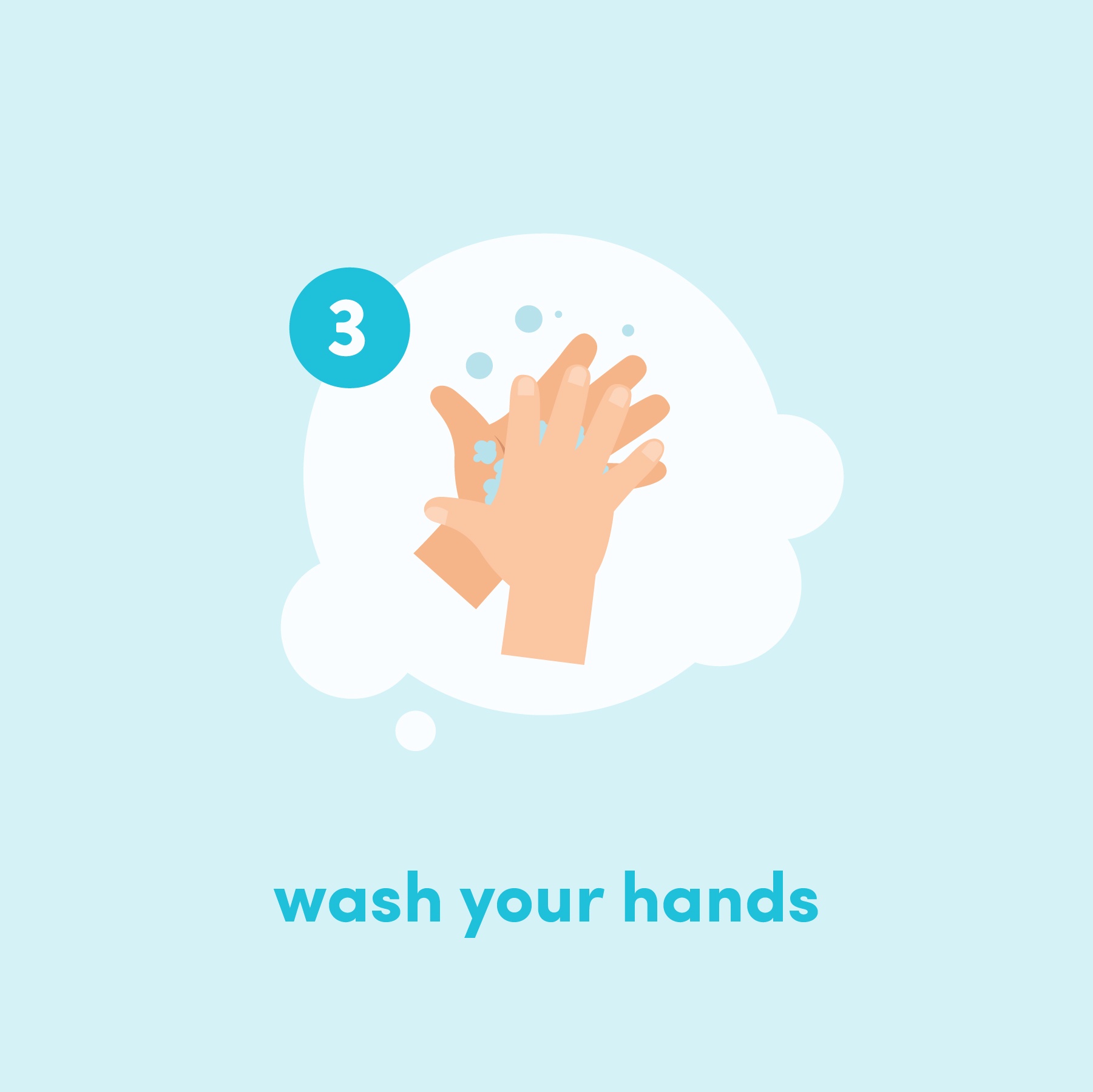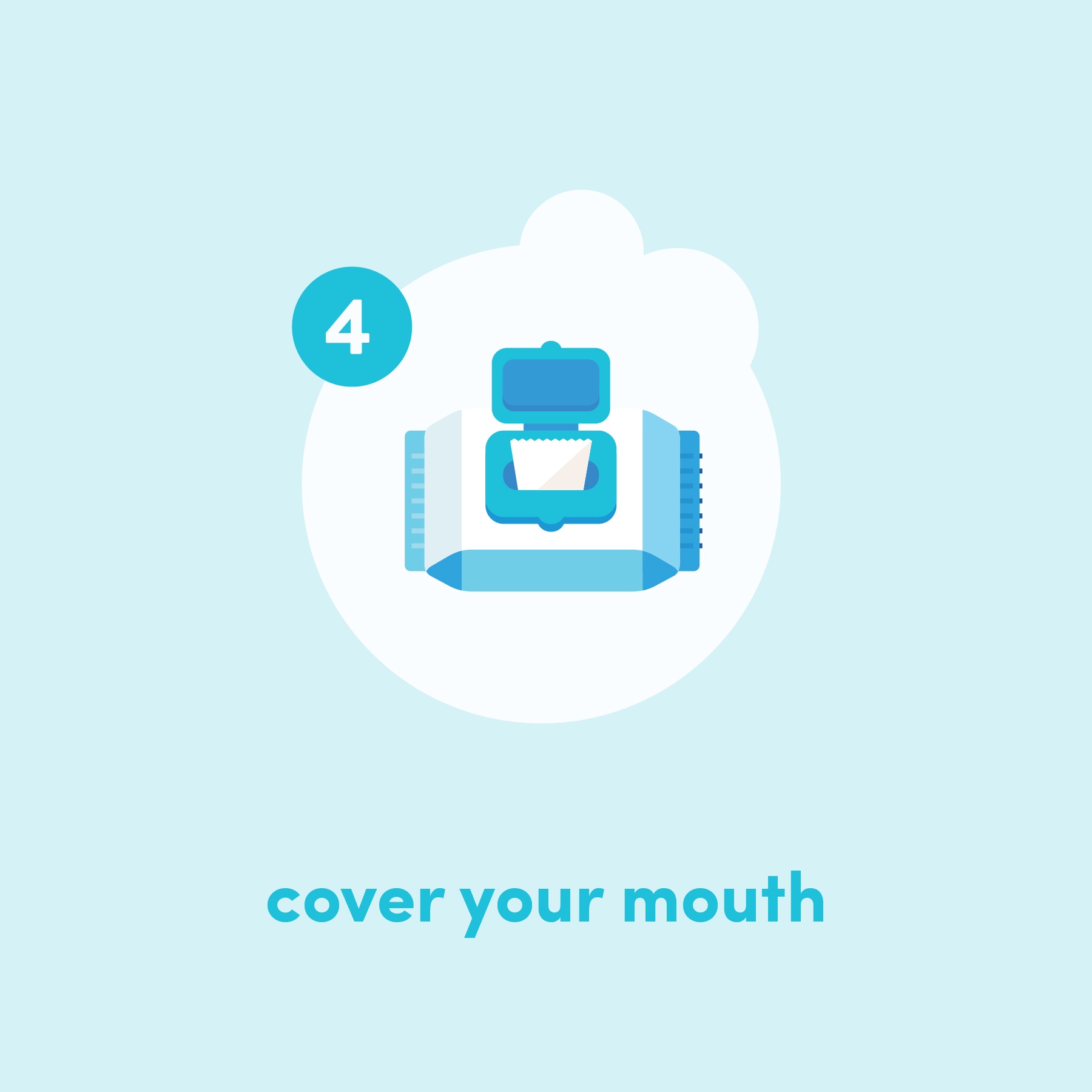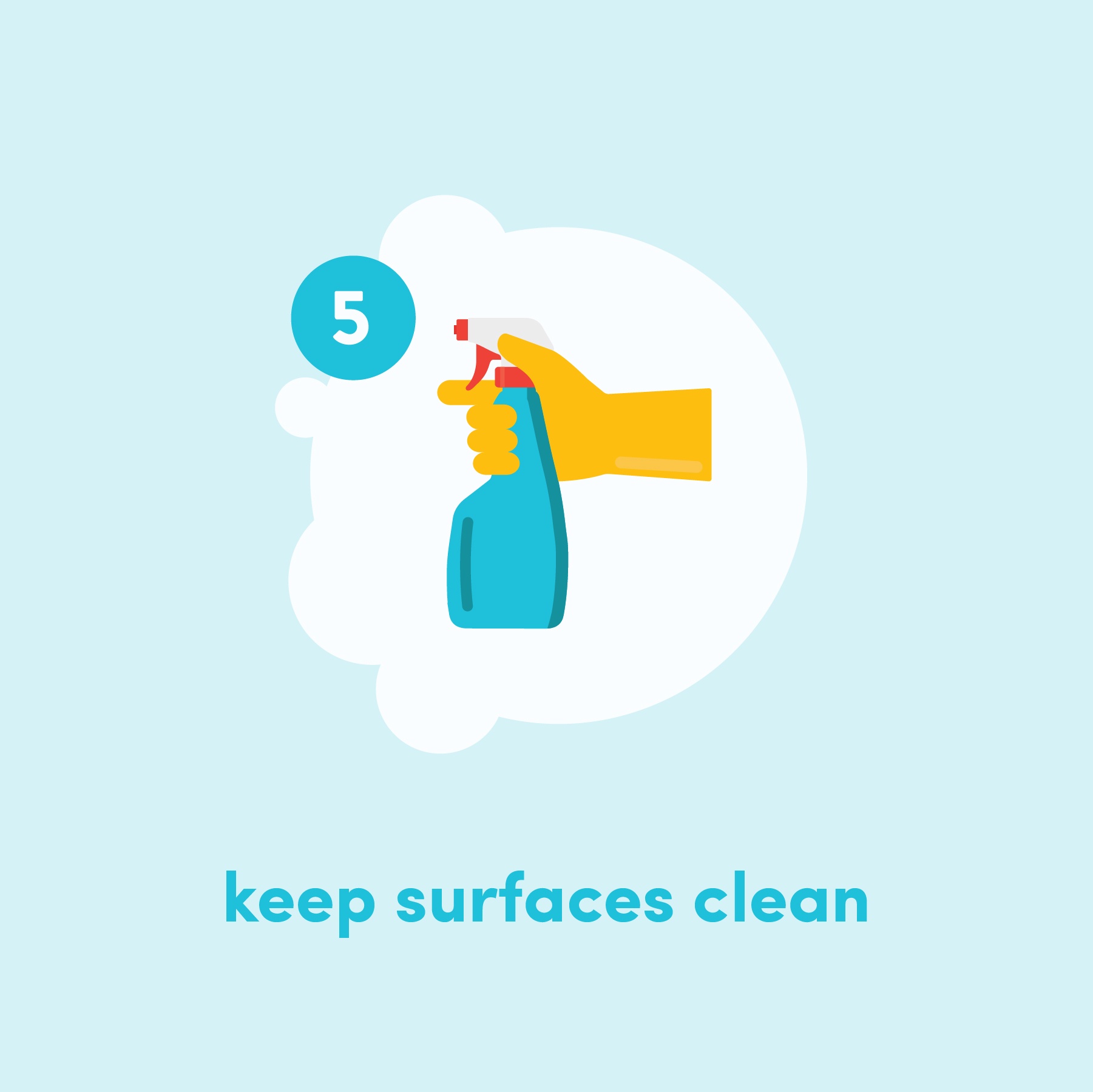We probably don’t have to tell you that it’s flu season. If you don’t know at least one friend, family member, or coworker who has got it, you probably live in a cave and don’t need to read this. But for everyone else, read on.
According to the Centers for Disease Control, “In the United States, flu viruses are most common during the fall and winter months. Influenza activity often begins to increase in October and November. Most of the time flu activity peaks between December and February and can last as late as May.” That means we’re right in the thick of it. It’s important to remember that even though the very young and the elderly typically suffer the most from the flu, someone who’s young and healthy can still end up hospitalized, or worse, from the disease.
“The number of people who have gone to see a doctor for influenza-like illness also rose ... to 6.6 percent. That means that 6.6 percent of all people who went to clinics or emergency rooms had a flu-like illness.” - Max Greenwood, The Hill
As an EMT, you have a higher risk of contracting the flu due to the nature of your work. It’s important to take extra precautions this time of year to help protect yourself, your patients, and your coworkers. The most common symptoms of the flu include a cough, sore throat, a runny or stuffy nose, headaches, fatigue, body or muscle aches, and fever. If you’re experiencing any of these symptoms, just stay home!
The reason we’re hitting on this so hard is, so far, it’s shaping up to be the worst flu seasons in a decade. Millions of people across the country have already experienced the flu, with millions more expected to get it before the season is done. Max Greenwood from The Hill reports, “The number of people who have gone to see a doctor for influenza-like illness also rose ... to 6.6 percent. That means that 6.6 percent of all people who went to clinics or emergency rooms had a flu-like illness.”
To make it through this flu season without catching it, or passing it to others, we recommend following the five easy steps below.











